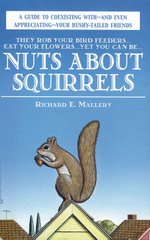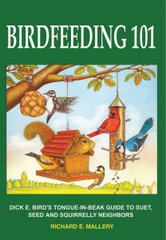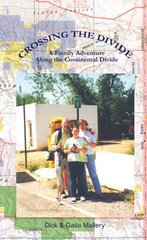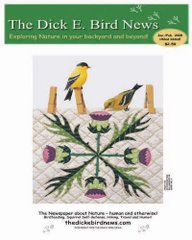Bears, raccoons, coyotes, wild turkeys … it’s common in the mountains of Southeastern U.S. to eventually spy one of these creatures in your yard.
But for Cassandra DeJong, nothing beats the visits of her beloved flying squirrels.
"My darling sugar gliders (technically, flying squirrels) come every evening," she said. "They eat sunflower seeds from a flat tray I have. They let me come up and take their picture. I even got to scratch one on the back."
Flying squirrels aren’t an uncommon sight if one ventures out at night and looks closely.
"We have two species native to this area," said Bob Fay, animal curator at the WNC Nature Center in Asheville, N.C. "The Southern flying squirrel is most common in Asheville, but as you go to higher elevations, you’ll find Northern flying squirrels, which are protected."
While DeJong calls the flying squirrels "sugar gliders," they are in fact, two separate animals with some key differences. Her squirrels, Fay said, are the Southern variety.
The biggest distinction is how they reproduce and give birth. Flying squirrels are placental mammals, and sugar gliders are marsupials, like kangaroos, Fay said.
It doesn’t matter to DeJong, who’s fallen in love with the graceful squirrels she at first thought were leaves swirling to the ground.
"These guys are about the size of a chipmunk," she said. "They have big nocturnal eyes. They are so cute. I wish I could get one to sit up on my shoulder."
DeJong said she thinks the Southern flying squirrels are even cuter than the domesticated sugar gliders indigenous to Australia.
"Some people consider them pests. Can you believe it?"
Fay said that yes, pests they can be. They especially like to live in attics and can cause lots of damage.
Subscribe to:
Post Comments (Atom)










No comments:
Post a Comment